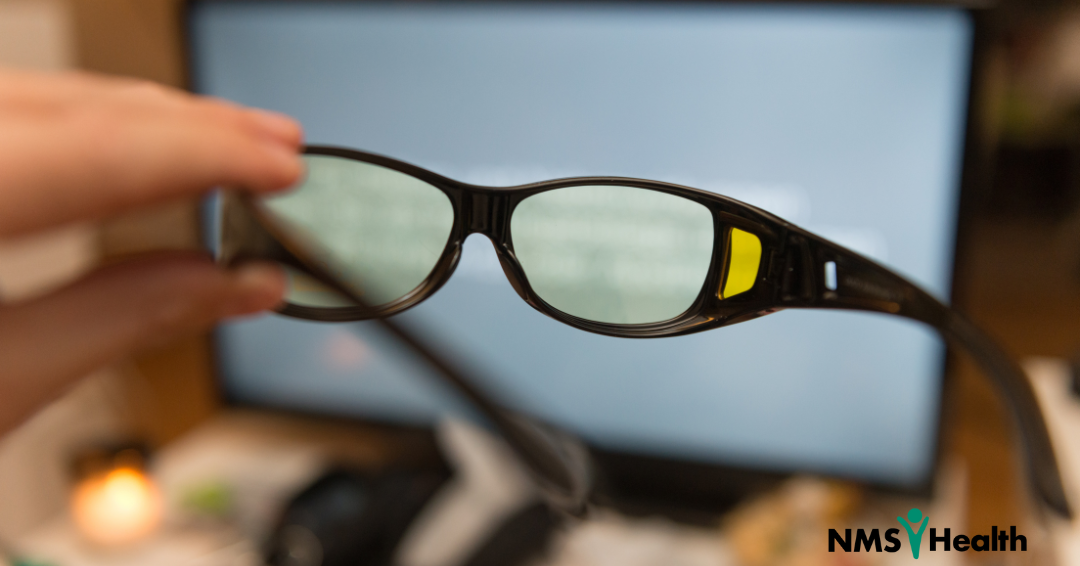Prevent Blindness, the oldest volunteer eye health and safety group in the U.S., has declared March is Workplace Eye Wellness Month. Each day about 2000 U.S. workers sustain a job-related eye injury that requires medical treatment. Often the image of equipment related injuries initially comes to mind. Each year, however, chemical burn and eye strain injuries also affect many workers. Luckily, almost all workplace eye injuries can be prevented, and employers and workers can work together to protect eyesight at work.
How to protect against physical eye injuries
According to NIOSH, the majority of eye injuries result from small particles or objects striking or scraping the eye. This can include dust, slivers of mental, or cement or wood chips. Typically, the particles are ejected from equipment, windblown, or falling from work taking place above. Large objects, such as nails, staples and slivers of wood and metal can also penetrate the eye causing permanent loss of vision.
To prevent an eye injury at work, Prevent Blindness suggests:
- Knowing the eye safety hazards at work by having employers conduct an eye hazard assessment.
- Eliminating hazards before starting work. Use machine guarding, work screens, or other engineering controls.
- Using proper eye protection that fits correctly such as non-prescription or prescription safety glasses, goggles, face shields, welding helmets, or full-face respirators.
How to protect against chemical and thermal burns
Chemical burns are often caused by industrial chemicals or cleaning products. Thermal burns to the eye often occur when there are extreme temperatures, frequently among welders. These burns typically damage not only the workers’ eyes, but also the surrounding area.
- Use well-fitting eye protection that fits correctly such as non-prescription or prescription safety glasses, goggles, or face shields when handling liquid or powder chemicals.
- Wear a welding helmet when welding to shield the eye from thermal burns.
- Familiarize yourself with the chemicals you are using, and how to safety handle them.
How to protect against digital eye strain
In an office setting, it can be difficult to not spend all day in front of a screen. Excessive computer, smart phone, and tablet use can lead to blurred vision, headaches, and dry eyes.
- Try to decrease the amount of time spent in front of these screens and/or take frequent breaks to give your eyes a rest. The 20-20-20 rule is recommended. Every 20 minutes look away from your screen and look at an object 20 feet away for at least 20 seconds. This gives the eyes a chance to reset.
- Sit 18 to 25 inches away from the computer screen and position the screen so the eyes focused slightly downward, not straight ahead.
- Screen filters are available for smart phones, tablets, and computer screens. They decrease the amount of blue light given off from these devices that could reach the retina in the eyes.
- Anti-reflective lenses reduce glare and increase contrast and also block blue light from the sun and digital devices.
Protecting eye health all year long
Citing data from the American Academy of Ophthalmology, Prevent Blindness states that 90% of the reported work-related eye injuries each year could be prevented if workers wore proper eye protection. OSHA requires employers to ensure the safety of all employees in the work environment. Eye and face protection must be provided whenever necessary to protect against chemical, environmental, radiological or mechanical irritants and hazards. OSHA also requires that employers provide personal protective equipment (PPE) to their workers and its properly used. Additionally, employers are also required to train each worker required to use PPE.
“Maintaining healthy vision is a critical part of maintaining overall good health for working adults,” Prevent Blindness President and CEO Jeff Todd said in a press release. “We strongly urge everyone to talk to their eye doctor about the best ways to keep eyes healthy at their jobs today and for years to come.”


